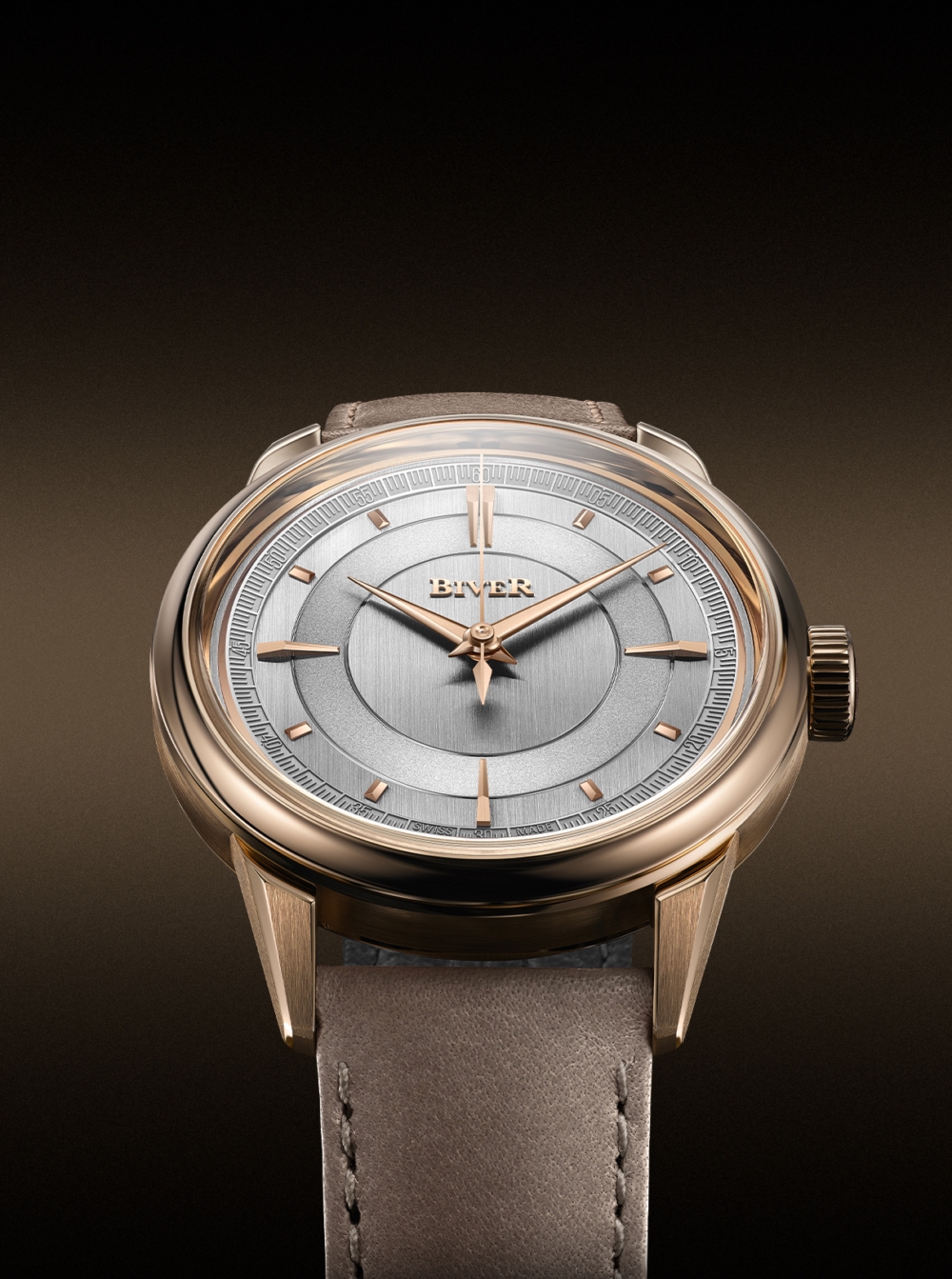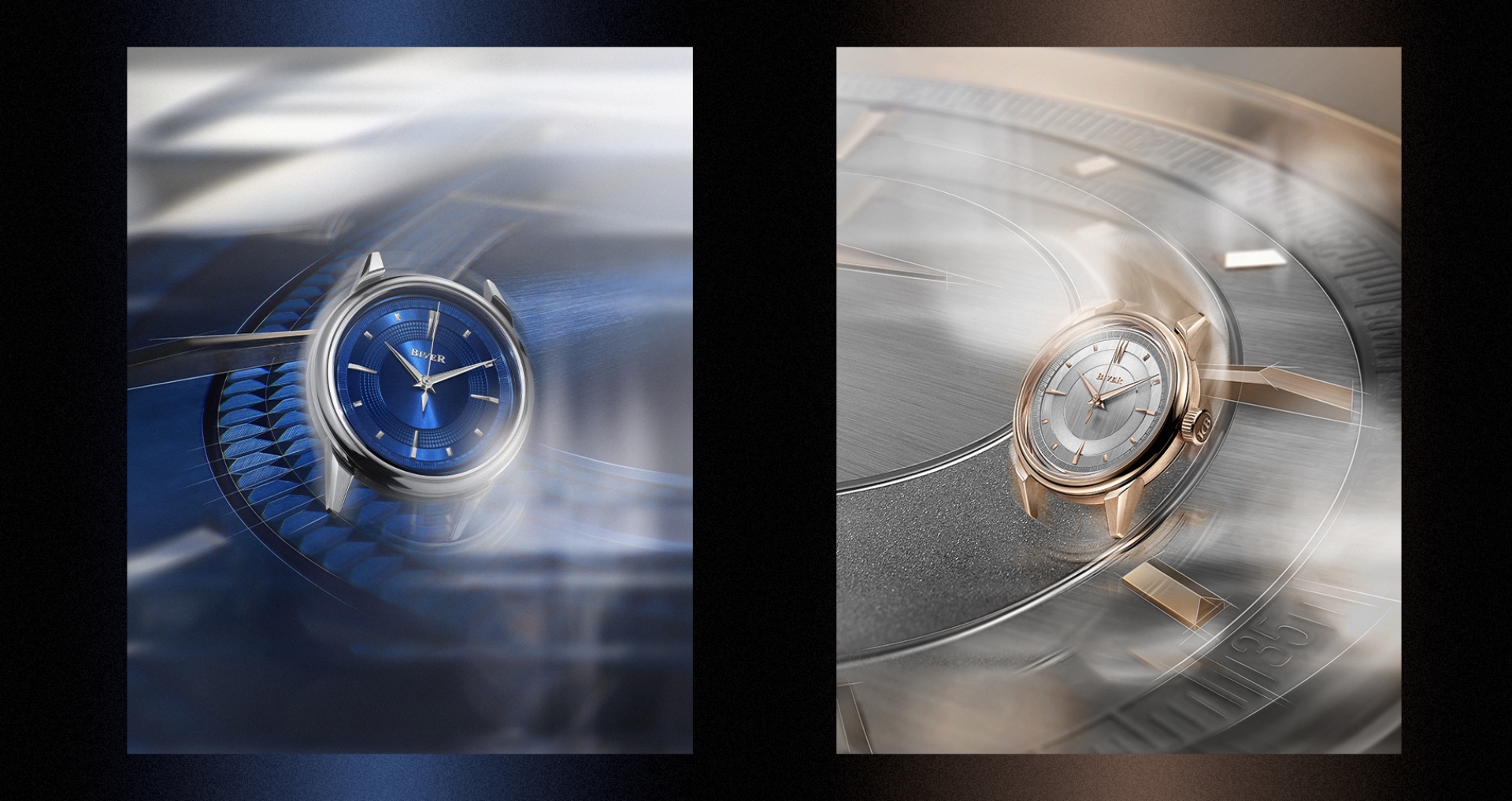Automatique Clous de Paris
Discover

Harmony and contrast are two sides of the same coin. The first generation of Automatique watches explored harmony, pairing cases and dials in matching metallic tones. The new references embrace contrast instead, using different shades of gold to highlight distinct design elements and decorations — inviting the wearer to look closer and rediscover the archetype through a fresh lens.

More classical in spirit, the Automatique Two-Tone features an 18K rose gold case, complemented by rose gold hands and applied hour markers (and an optional matching bracelet in 18K rose gold). The dial, however, is crafted from a special white-gold alloy known as PD210. Though still 18K white gold, its elevated palladium content lends it a subtly warmer hue. The circular and vertical brushing on the dial accentuate this tone differently, giving it an almost two-tone character. The combination of white and rose gold has long been a staple in watchmaking, yet this refined execution introduces an unexpected depth and nuance — turning something familiar into something quietly remarkable.
“Each dial has its own personality and journey, and your relationship with them evolves over time,” says co-founder and creative director Pierre Biver. “What excites me most is often the process itself – the tension, the surprises, the breakthroughs.”
With the Automatique Clous de Paris, Biver sought to reinterpret a classical guilloché motif through the same balance of surprise and tension. Presented in a rich blue hue within a platinum case, the solid-gold dial combines a sunray finish with a surrounding ring of guilloché — replacing the brushed surfaces found on other Automatique models. This unique “progressive” Clous de Paris pattern tapers towards the center, echoing the geometry of the sunray finish and naturally drawing the eye inward.

This refined guilloché is exceptionally challenging to produce. Crafted by our partners Brodbeck Guillochage and Comblémine, each dial requires countless hours of precise work using two antique machines, each over a century old and restored specifically for this purpose. Here, historical tools and traditional techniques converge with contemporary ideas to create a result that feels both timeless and new.
With its understated design and focus on materials and finish, the Automatique provides an extraordinary canvas for experimentation. Subtle shifts in tone, texture, or proportion can entirely transform its personality. A little more than a year after its debut, these new references serve as a powerful reminder of the Automatique’s greatest strength — its ability to evolve while remaining unmistakably true to itself.